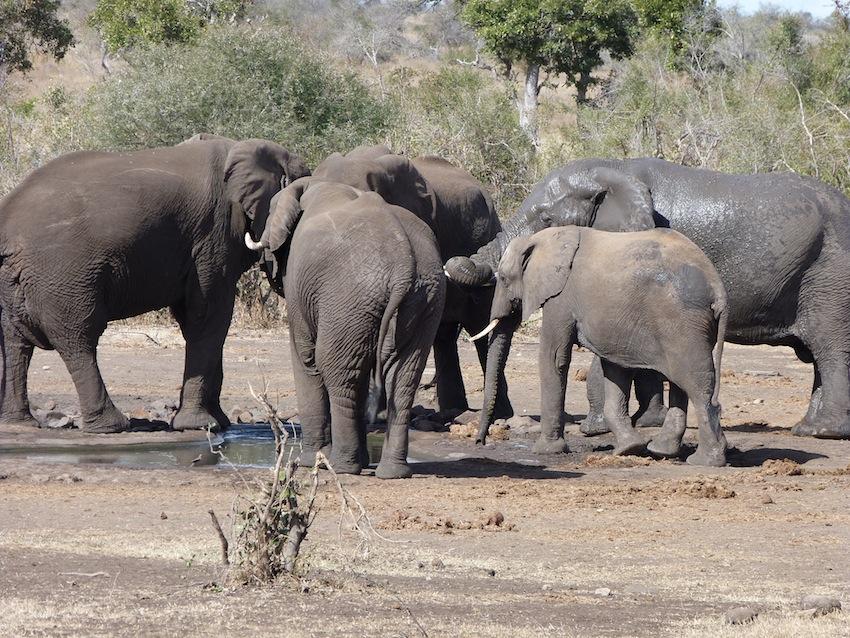Is Ivory Really Worth It?
Elephants at Kruger NP South Africa Photo Credit: Peter Gunneweg
August 19, 2014
August 12th was World Elephant Day. While it’s a day to celebrate elephants, it is also a day that brings attention to the ivory trade. Elephant tusks, made out of ivory, are popular with many traders. This leads to the elephants’ deaths. While ivory trade is illegal, many elephants are still dying. Something more needs to be done.
Ivory trading was banned in 1989 yet is still popular in Africa and Asia, especially China. Elephants still die by the thousands. Jason Bell told Gulf News, “It’s worth reflecting that, since the beginning of January, not a single week has passed without law enforcers confiscating shipments of ivory, both large and small. At least 35,000 elephants a year die the cruelest of deaths to supply the trade.” When asked how she felt about the deaths, senior Kalee Yem replied, “Depressed because some people hunt for tusks and destroy [the elephants’] ecosystems.”
Even with an ivory trade ban, the demand is high for elephant tusks. The ivory’s profit is a reason the ban has been ineffective. The ivory is used for bags and purses. Many know where the ivory is from but still buy, which in turn keeps the demand high. Ivory prices are 20 times more in China than in Africa. Senior Kayla Carden said that it was “unnecessary for people to buy things made out of tusks.”
It is almost as if people worship the ivory. The price of that: elephants are dying. If people would stop buying products made from ivory, the demand would go down, as would the deaths of elephants. Materials containing ivory aren’t a necessity, but people buy them as if they are. The death of elephants is unnecessary, and something more can certainly be done. It is obvious that just banning ivory has done little.
If we could raise more awareness and advise people not to buy ivory products, elephant deaths could decrease. It is worth a try.


